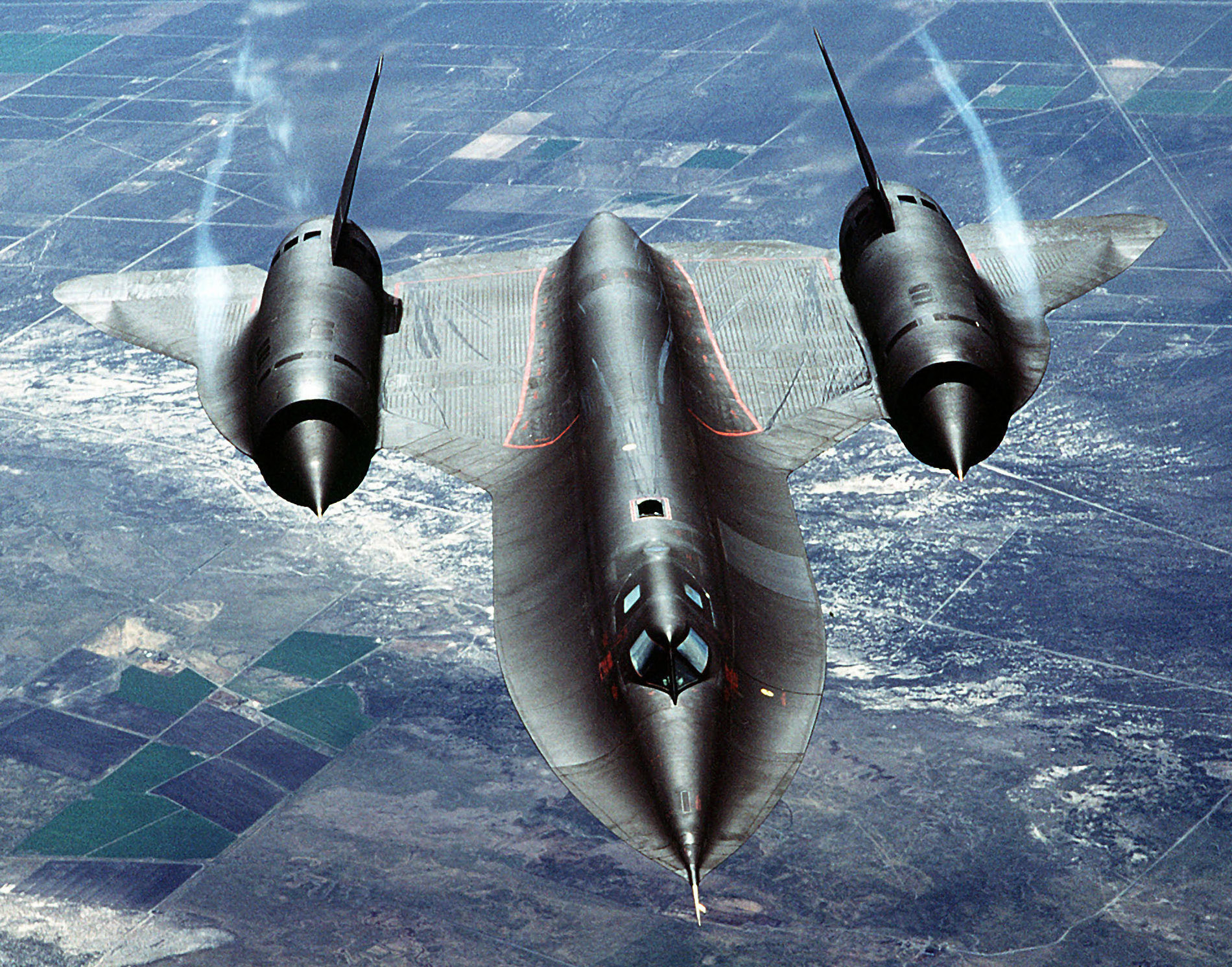3.6 Other safety innovations in modern aircraft
Fail-safe design – redundant load paths in the event of failure
Safe-life structures – cracks cannot be prevented but the structures is designed to eliminate catastrophic crack propagation over the life of the airframe
System optimization – loosely, to optimize the aerospace vehicle system instead of individual components
3.6.1 Material innovations
- Improved alloys (aluminum, titanium, magnesium, steel) allow for high strength or fatigue resistance
- Welding, adhesive bonding, etc allows elimination of rivets (holes) that cause stress concentrations
- Composite materials
- Naturally have a high fatigue resistance
- Fatigue prediction much less refined than in metals
- More difficult to inspect
- New techniques for repair
- New methods for lightning strike mitigation
- Material resistance to temperature becomes an issue for supersonic
and hypersonic airframes
- 85% Titanium in the SR71-Blackbird
3.6.2 Temperature resistance

Public Domain 2005
3.6.3 Environmental impact
- Fuel economy, greenhouse gas emissions
- Aircraft noise, airport–residential conflicts
- Recyclability, clean manufacturing, life-cycle impact